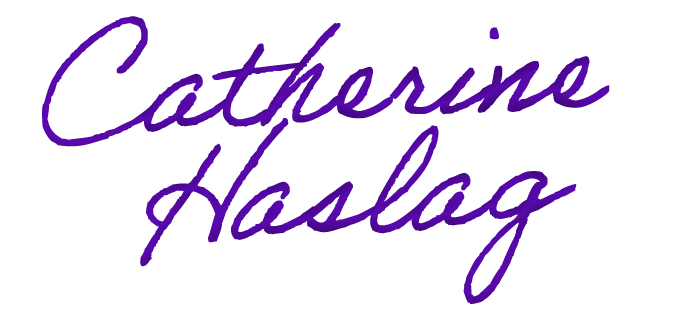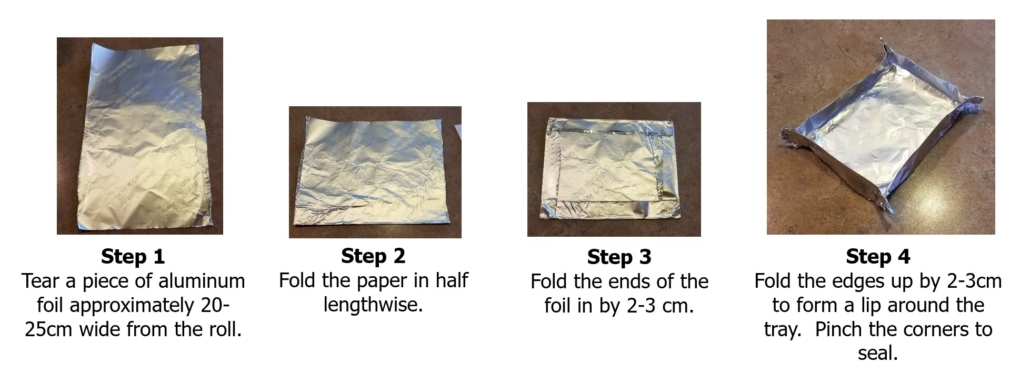Properties of Ionic and Covalent Compounds
Objectives
- Explain the fundamental properties of ionic and covalent compounds.
- Classify a compound as ionic or covalent based upon data based on its properties.
- Draw conclusions and recognize trends from experimental data.
Related Textbook
Please read section 5.4 of your textbook before beginning this activity. The textbook provides terms, concepts, and other important background information that will help you succeed on this assignment.
Introduction
There are two basic types of chemical bonds that hold atoms together to form compounds: ionic bonds and covalent bonds.
Ionic bonds are formed when one or more electrons are transferred from one atom to another. The resulting positive (cations) and negative (anions) ions then attract to each other; like two magnets. Ionic bonds are very strong. Ionic bonds form primarily between metals and nonmetals. Figure 1.0 provides additional information about ionic compounds.
Ionic compounds are generally hard, brittle, form crystals, have very high melting points, and are water-soluble. They also conduct electricity when dissolved in water, making them electrolytes.
Covalent bonds (also known as molecular bonds) are formed when atoms share one or more electrons and form between two nonmetals.
Covalent compounds tend to be soft powders, are generally more soluble in ethanol than in water, and have low melting points. Since they do not conduct electricity when dissolved in water, they are nonelectrolytes. Unfortunately, the properties of covalent compounds are not as clearly defined as those of ionic compounds. For example, water solubility for covalent compounds can vary with the polarity of the molecules. Some covalent compounds that dissolve in water will conduct electricity slightly. These types of compounds are called weak electrolytes. Weak electrolytes include organic acids such as acetic acid (vinegar) and citric acid (found in citrus fruits). Figure 2.0 provides additional information about covalent compounds.
Above: Figure 1.0 – Properties of Ionic Substances (1)
Below: Figure 2.0 – What are Covalent Bonds (2)
A compound can be classified as ionic or covalent by observing its properties, such as melting point, solubility, and conductivity, and appearance. In this laboratory, you will test the properties of 6 compounds to determine if they are ionic or covalent. The experimental procedure will explain how to perform the tests. Based on your observations, you will determine if each of the 6 compounds are ionic or covalent. Since not all of these properties are consistent when determining a compound’s classification, you will also want to assess which of the properties are the most reliable during this experiment.
You will organize your data for this lab into a data table. Click below for a copy of the data table you will need for this lab. It will download to your computer. If you have trouble downloading it, check to ensure blockers are disabled.
Experimental Procedure
Chemicals and Supplies
Sugar
Sodium Chloride (table salt)
Cinnamon
Cumin
Sodium Bicarbonate (baking soda)
Cream of Tartar
Aluminum Foil
91% Isopropyl Alcohol (rubbing alcohol)
Distilled Water (DI water)
Skillet with lid
Stove
Glass Rod
Spatula
50mL graduated cylinder
Tongs
Digital Balance
Paper Cupcake Liners (weigh boats)
Sharpe Marker
Drinking Glasses
PART A: Melting Point
- Place a skillet on the stove and set the heat to medium-high. Allow the pan to heat for 5 minutes.
- Collect a piece of aluminum foil and fold it into a square that fits in the skillet. Turn up the edges slightly to form a lip. On the foil, write in Sharpe the numbers 1-6 in a circle that is centered and as close to the turned-up edge as possible, spacing the digits evenly. Figure 3.0 demonstrates how to folder the aluminum foil.
Figure 3.0 – How to fold the aluminum foil to make a tray for melting the compounds.
3. Place a pencil eraser-size mound of each of the six chemicals (sugar, sodium chloride, cinnamon, cumin, sodium bicarbonate, and cream of tartar) equally spaced around the numbered circle near the edge of the tray at the place of each number, but not covering the numbers. On the data table, write the name of each chemical next to its corresponding number. This will allow you to identify each of the chemicals as they melt.
4. Describe each substance noting texture, color, translucence, particle size and shape and record on the data table.
5. Carefully place the aluminum foil with the chemicals on the skillet using tongs. Note the order in which the substances begin to melt. If you have a fan over your stove, turn it on. Allow the chemicals to sit on the aluminum foil for 3 minutes, then turn off the stove and remove the skillet from the burner. Record the order the chemicals melted on the data table.
CAUTION: If any of the chemicals catch fire or smolder, cover the pan with the lid, turn off the heat, and move the pan to a cool burner. Allow the pan to sit until the fire/embers are extinguished.
NOTE: All of the chemicals may not melt. This is ok. Just record the melting order for the ones that do melt.
6. Take a photo of your aluminum foil with the chemicals on it.
You must submit a photo of your aluminum foil and melted compounds to the assignment folder on Brightspace. A piece of paper that includes your name, CHEM 1000, and the semester you are taking this class (for example, if you take this during the fall semester in 2023, write “Fall 2023” on the paper) should also appear in this photo. This information must be handwritten, legible, and large enough to be clearly read on the piece of paper. This assignment will not be graded unless this photo has been included with your submission.
7. Discard the foil tray and the substances in the trash, after they have cooled.
CAUTION: DO NOT place the tray in the trash if any embers are visible or smoke is coming from the tray.
PART B: Solubility
- Place 0.5g of each substance in 20 mL of DI water in a drinking glass. Stir each solution with a glass rod to mix. Be sure to clean the glass rod between mixing solutions to prevent cross-contamination.
NOTE: To properly measure these amounts of chemicals, place a weigh boat on the digital balance and “TARE” the balance according to the directions provided with your balance. This tells the balance to ignore the mass of the weigh boat and only measure the mass of the chemical. Next, use a spatula to add 0.5g of the chemical to the weigh boat.
Measuring slightly more or less than 0.5g of the chemical is okay. Just be sure to write down exactly how much of the chemical you use. Be sure to write down all of the numbers that appear on the digital balance, even if they are zeros. This is true of all of the experiments we will conduct in this course.
- Observe the samples to determine solubility. If the sample dissolves in water, it is soluble in water.
- Repeat steps 1 and 2 above using 20mL of 91% isopropyl alcohol to dissolve each chemical.
- Record your results for the solubility of the substances in the data table.
PART C: Conductivity
- Please watch Figure 4.0 to complete this portion of the lab. Your instructor will use a conductivity meter to determine if each compound conducts electricity when dissolved in water.
- Record your results in the data table.
PART D: Classify
Use your results and the information provided in the introduction and your textbook to classify each compound as ionic or covalent. Record your conclusions on the data table provided.
Waste Disposal
- Place the aluminum foil with the chemicals in the trash.
- Pour the solutions down the drain, flushing with lots of water.
- Wash any other glassware used with soap and water.
Figure 4.0 – Conductivity test of compounds. Watch this video to complete Part C of this experiment.
Assignment
Once you have completed this experiment and recorded your data:
- Upload the photo outlined in Part A, Step #6 to the assignment folder provided on Brightspace. Once this photo has been uploaded, an electronic assignment associated with this experiment will open.
- Complete the electronic assignment provided on Brightspace. Use the data collected from this experiment to answer the questions on this activity. This assignment is worth 10 points.
- There is no need to submit your data table to the assignment folder; however, you will need this information to complete the electronic assignment.
References
(1) Fuse School. Properties of Ionic Substances. [Video]. December 7, 2015. https://youtu.be/AGD5pIXXt4o (accessed June 17, 2023)
(2) Fuse School. What are Covalent Bonds. [Video]. April 17, 2016. https://youtu.be/h24UmH38_LI (accessed June 17, 2023)
This page was created on June 16, 2023, and last updated on August 3, 2023.
© Catherine Haslag 2023. All Rights Reserved.

